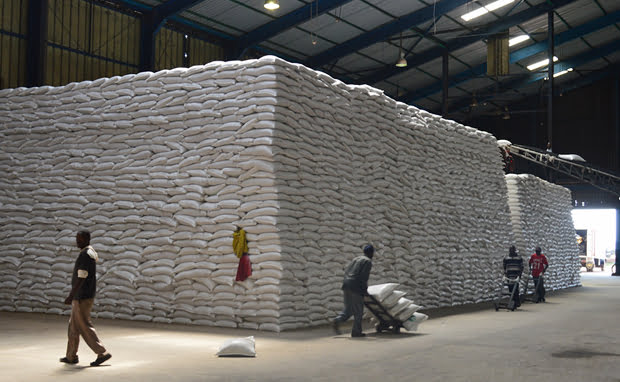Caution on Zambia’s Maize Export Policy, Balance Food Security Priorities
Zambia must exercise caution in implementing its maize export policy drive, especially with the current focus on exporting a purported surplus into the regional markets.
While the Food Reserve Agency (FRA) has projected maize stock levels reaching 4 million metric tonnes, it would be premature to celebrate these revised estimates without considering the broader risks posed by climate change, regional food insecurity and macroeconomic volatility.
The nation urgently requires a strategic food reserve system capable of sustaining the country for a minimum of two years. Such a reserve would act as a critical buffer in the event of poor harvests, price shocks, or unforeseen emergencies, safeguarding both national food security and economic stability.
Moreover, if this case is strongly holding then Zambia should begin transitioning away from raw maize exports, which, while aligned with current regional buyer preferences, offer limited value in terms of revenue, industrial growth and employment.
Instead, greater emphasis must be placed on exporting processed maize products such as mealie meal, flour and feedstock thereby unlocking higher returns, generating more local jobs, and strengthening Zambia’s position in the regional agro-value chain.
This shift will require deliberate investment, supportive policy reforms, and private sector engagement, but the long-term benefits to the economy and national development agenda are undeniable.
In managing our current grain surplus, let us remain strategic. Export policy must balance immediate trade gains with long-term food security and industrial transformation goals.



